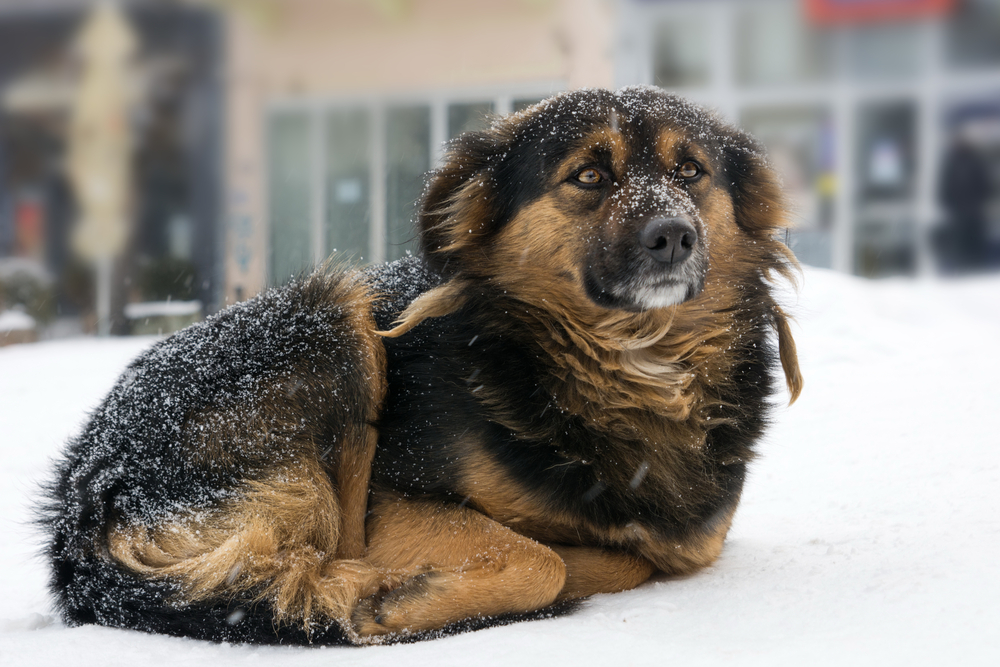Cold Weather Danger: Hypothermia in Dogs

Cold weather is something we all have to deal with in the Midwest, and this includes our pets. That’s why it’s important to understand the signs of hypothermia in dogs and its prevention. Aside from being unpleasant when you have to go outside, very frosty days can spell trouble for pets.
Hypothermia is not so uncommon in our four-legged friends. It is a higher risk for dogs left outside most of the time in winter, but dogs in cold buildings or small dogs that are outside too long are also at risk of suffering hypothermia.
Oakland Veterinary Referral Services is here to help you learn more about hypothermia and what you can do to keep your pet safe this season.
Hypothermia in Dogs
Hypothermia is a dangerous lowering of a pet’s internal temperature. It occurs when a dog is exposed to cold temperatures over a period of time. The colder the temperature, the fewer the minutes needed to develop signs of hypothermia.
Hypothermia can occur in humans, but dogs, especially small dogs, are more susceptible to cold weather emergencies. When your pet’s core temperature drops below its normal range of between 100.5 and 102.5 F, symptoms of hypothermia start to occur. Hypothermia can be fatal if intervention and raising of the body’s core temperature don’t happen in time.
Symptoms of Hypothermia in Dogs
Pets who are exposed to prolonged cold weather are most at risk of hypothermia. The smaller the pet, the faster the process of possible frostbite and hypothermia. Pets who are ill are also at greater risk. The symptoms of hypothermia in dogs range from moderate to severe.
- Lethargy
- Shivering
- Weakness
- Low heart rate
- Shallow breathing
- Dilated pupils
- Collapse
- Coma
If your pet is shivering or appearing uncomfortable, get them to a warm place right away. If the symptoms progress, or if your pet is having trouble getting warm, call us or go to the nearest emergency hospital.
Diagnosis and Treatment
First, your veterinarian will take your pet’s temperature to determine the stage of hypothermia. From there, your veterinarian will perform several diagnostic tests, including labs, to assess electrolyte levels and complete blood count. Your pet will also be screened for underlying disorders that indicate an increased risk of hypothermia. We will continue to monitor your pet with an EKG to measure heart rate.
Treatment entails getting your pet as warm as possible using blankets, heating pads, and heated blankets, along with careful monitoring and possible IV fluid therapy.
Keeping Your Pet Safe from the Chill
Preventing hypothermia relies on awareness and education. Prepare your pet for the deep freeze of winter by outfitting them with a coat and scarf, along with protective booties. Make sure to keep all pets inside or in areas where they can find warmth. Limit your dog’s outdoor time and opt for late morning or afternoon, when it is warmer, for a quick run or walk.
If we can help answer any additional questions about hypothermia in dogs, please do not hesitate to call the OVRS team. Keep yourself and your little fur friend warm and dry this season while you enjoy the beauty of winter.


